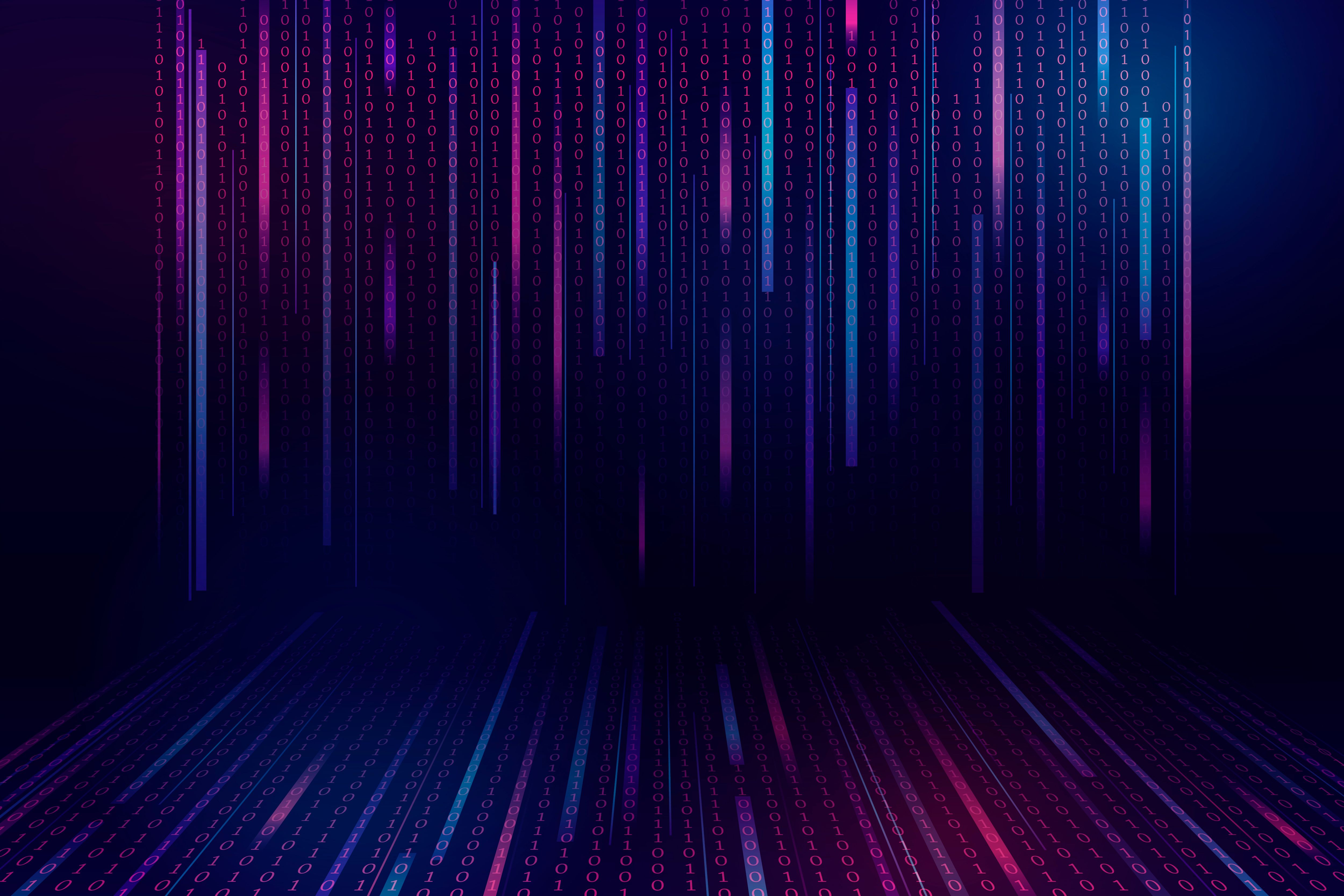Modern Cyber Attacks – How Sophisticated Are They Really?
)
The term “sophisticated cyber attack” has become an industry buzzword in recent years.
Depicting the malicious actions of online attackers in this light portrays businesses as the plucky underdog in the fight against the bad actors of the internet.
Denying the existence of higher attack sophistication would be imprudent. However, to label the majority of attacks as such would be equally incorrect. When discussing this matter, it is important to look at what sophistication actually means, why describing attacks as such has seen a recent surge and how we can help curtail recent increase patterns.
How Sophisticated Are Modern Cyberattacks?
There is no denying that ransomware has grown significantly as an issue in recent years. Attack numbers have risen dramatically since the COVID-19 pandemic, with remote working conditions opening up new gaps in security measures. In fact, reports suggest that ransomware attacks have risen by an astonishing 600% since the pandemic. While attack quantities are undoubtedly up, it is difficult to definitively state whether attacks have become more sophisticated or not, without determining exactly what we mean by this.
The notion of increases in sophisticated cyberattacks emits connotations of a new breed of threat that has evolved from its predecessors. However, often even the most archaic techniques open up holes in organisations' defences. It is in the attacker's approach and delivery that the sophistication lies.
In 2021, Australia Channel 9 News fell victim to a ransomware attack that disrupted the delivery of the channel's regular broadcasts. Not only did the attack prevent the station's ability to air its shows as per usual, but the entire team was also blocked from their emails and denied access to the internet. It later transpired that this large-scale cyber attack occurred as a result of a simple phishing email.
Phishing is a prime example. The act of fraudulent online imitation in order to draw information from other internet users, this attack strategy has existed since the 1990s. Back then, attackers imitated AOL administrators for login credentials. This would eventually evolve into a popular means of exploitation via email, as per the Channel 9 attack. Recently attackers have utilised other means of contacting their victims, including WhatsApp and LinkedIn. Not a change in substance, but a change in style.
This style of change in tact doesn't necessarily denote sophistication. Yet, still it is often labelled as such. The term is often used as a means of insinuating that there was nothing that could be done to prevent it. Painting the organisation as the plucky underdog facing a superior adversary. This in turn garners sympathy and helps preserve the company's image.
The Influence Of Real-World Activity
As with most elements of online activity, many recent trends are heavily influenced by real-world actions. The COVID-19 pandemic is frequently referenced as having a significant impact on cyber security matters. As with many elements of society, this need to effectively down tools and adapt quickly to the alarming infection rates of the virus left previously sound policies exposed.
This was an unforeseeable situation dramatically exploited by malicious online actors. And with it came a tidal wave of attacks.
Beyond the indomitable changes in ransomware quantity following the coronavirus situation, the most influential factors fall in the lap of the workforce itself. 95% of modern cybersecurity breaches are caused by human error. Combine this with the fact that almost half of organisations failed to provide training on the potential threats to remote work, and it becomes clear that failures in preparation are a significant factor in the success of allegedly sophisticated attacks.
One must also consider the coverage around attacks in this modern era, outlining their potential for causing chaos to the entire planet. In 2021, the system at a water treatment plant in Florida was attacked, with the perpetrator increasing the levels of lye in the city's water - a move that could cause danger to human life - before exiting the computer. The extreme potential consequences of the attack saw it deemed “sophisticated”. But it is also important to note that the attacker initially entered the system due to poor password hygiene and out of date software.
With recent global events like the Russia-Ukraine conflict sprouting a slew of reports on increasing numbers in cyber attacks, it is easy to see why many associate this with an increase in the sophistication of these threats. However, some argue that it is a stalling in defences rather than a step forward in modern attack methods that has caused this surge.
How To Defend Against “Sophisticated” Cyber Attacks
Some cyber attackers are sophisticated, but the vast majority are not. So if the attacks are not sophisticated, then where does the responsibility lie? Typically, as previously shown, they are the result of lacklustre training and preparation, poor defence strategies or improper funding of cybersecurity teams.
In its most fundamental terms, these issues share one feature in common - human error. Combatting this colossal modern security issue starts with the adoption of a zero-trust approach and installation of meaningful training. This incurs tighter controls around data, reducing the chance of any unauthorised access and having your team prepared to act swiftly and correctly in the event that these policies do fail.
If you are interested in the modern development of cyber threat sophistication and how to prevent your enterprise from falling victim to it, make sure to attend UK Cyber Week - Expo & Conference on 4-5 April 2023 at London's Business Design Centre. Our speaker sessions include 100+ cyber security experts, hackers and disruptors with perspectives from across the industry.


